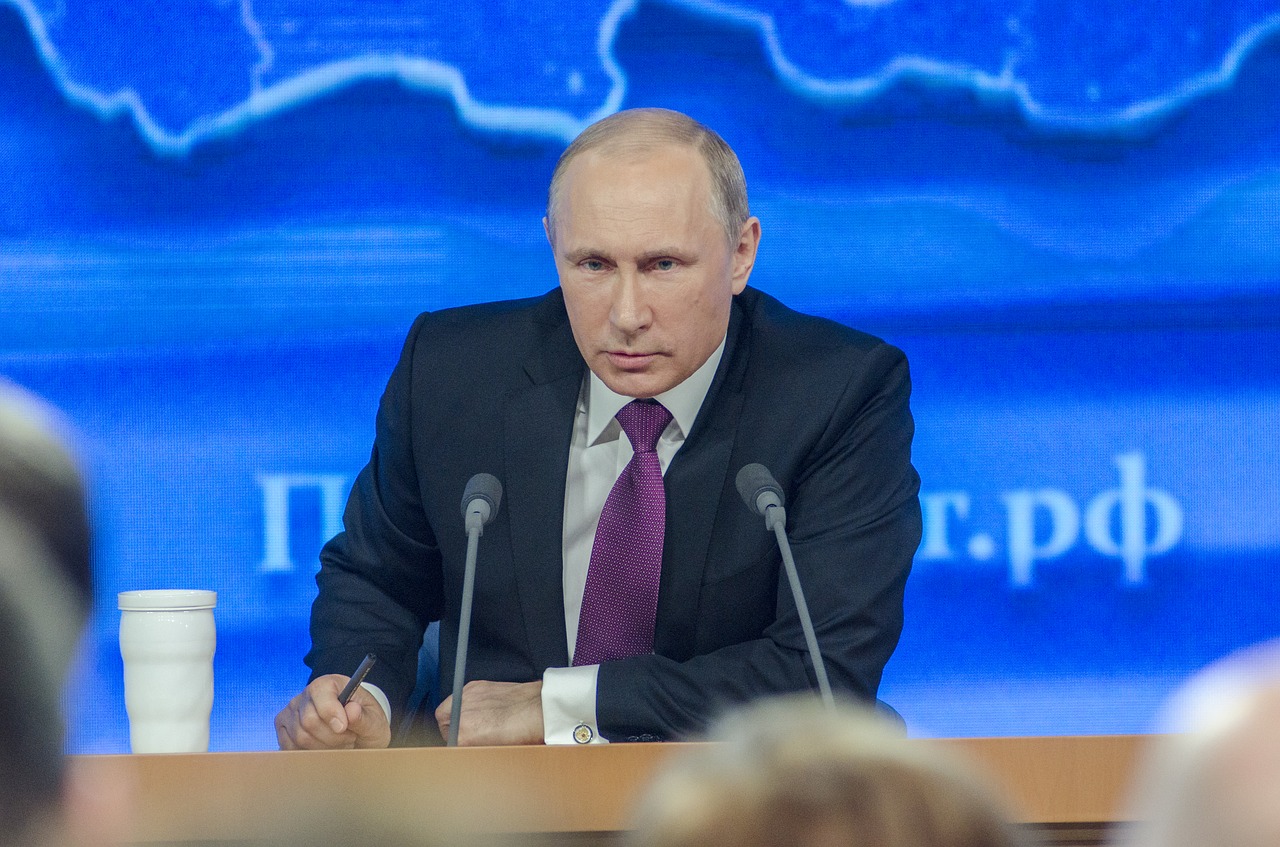“I am confident that true sovereignty of Ukraine is possible only in partnership with Russia”, Russian President, Vladamir Putin wrote in July 2021. Putin constructs a narrative where Ukraine is being controlled by the West, and his invasion will lead to the unification of two lost destined regions. The Russian President is trying to achieve a strategic purpose by manipulating Ukraine. 100,000 Russian troops are placed on the border of Ukraine. It is believed that Russia has enough forces positioned at the moment to invade all of Ukraine. At first, Russia claimed that it was only holding routine military exercises near Ukraine, but then they started setting up field hospitals, which indicates preparation for war. Cyberattacks from Russia have defaced the Ukrainian government’s public websites and they can further manipulate banking, transportation, and electrical systems. This could wreak havoc on the structure of society in Ukraine.
Russia and Ukraine are historically linked as a group of people called Rus moved to the Ukrainian capital, Kyiv, and then spread out to regions in modern Russia today. Ukraine was a republic of the former Soviet Union after World War II until it declared its independence in August
- Putin has brought this up to justify his actions like in the article he wrote on the historical unity of Russians and Ukrainians “together we have always been and will be many times stronger and more successful. For we are one people.” The Soviet Union dissipated into 15 republics, but in a post-USSR world, the Russian and Ukrainian economies, culture, and politics remain deeply interconnected. In 2014, the Ukrainian people forced their pro-Russian leader into exile and Russia responded with an invasion to maintain Russian influence, not wanting to lose Ukraine to the West. Russia seized power over Ukraine’s the Crimean Peninsula. Soon after, a civil war broke out in Eastern Ukraine in the industrial regions of Donetsk and Luhansk, fueled by Putin, who has backed pro-Russian fighters intending to break off a chunk of the country. Putin claims that he is defending the rights of Native Russian speakers in the area.
Putin has dreams of bringing Imperial Russia back to life and NATO’s increasing influence in the east makes it hard to achieve that goal. The North Atlantic Treaty Organization (NATO) was founded in 1949 to protect against Soviet aggression. If one nation in NATO is attacked, then all the third party nations will mobilize their defense. Thirty countries are a part of NATO, including the former Soviet Republics of Lithuania, Estonia, and Latvia. Russia wants NATO to return to its pre-1997 borders and calls for NATO to put a stop to its eastward expansion. If NATO continues expanding eastward it would increase NATO’s footprint along Russian borders, making it more vulnerable to an attack.
Putin believed the dissolution of the USSR to be “the greatest geopolitical catastrophe of the century” he said in an interview in
- He compares Russia and Ukraine’s relationship to that of Austria and Germany or the US and Canada, where people from either country can travel to the other yet still feel at home. He thinks the West is trying to sell its ideologies to ex-Soviet countries and wants to invite them to join NATO which would ruin the relationship between both countries. Putin has put out a list of demands, which if not met, will be followed by an attack on Ukraine. Russia has demanded that NATO: stop including new members, withdraw its troops from Eastern Europe and that America vow not to protect its allies in Eastern Europe with nuclear weapons. NATO refuses to deny Ukraine or any other country the right to join NATO.
The west is not united in its preferred tactics to handle this situation and all would like to handle the situation differently. This situation is very delicate and we may not see desirable results if various countries disagree on how to proceed. There is a very good possibility Putin meets his goal no matter how the rest of the world responds. If Putin’s demands are met, he eliminates the threat NATO could have on Russia, and if not, he will move forward with war, and he gets to spread his influence further in the east. The people of Ukraine currently stand on the brink of war as the world watches world leaders decide their fate. Stay tuned for the next issue to find out more.
Image source:
https://pixabay.com/photos/putin-politics-kremlin-russia-2847423/
